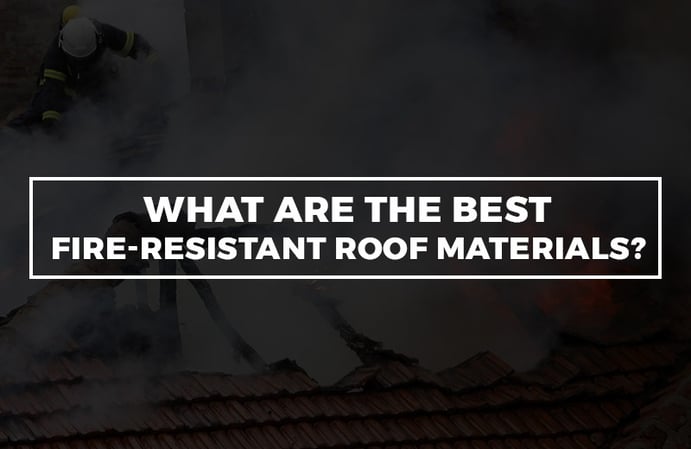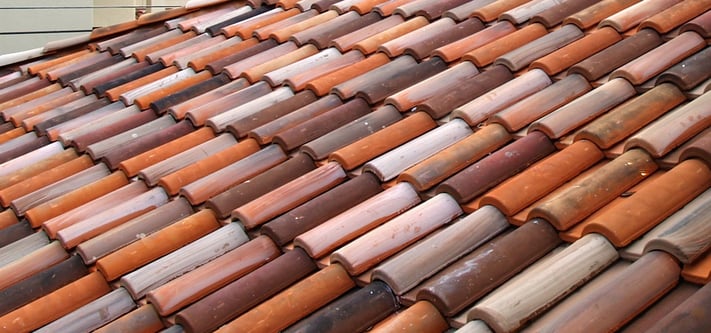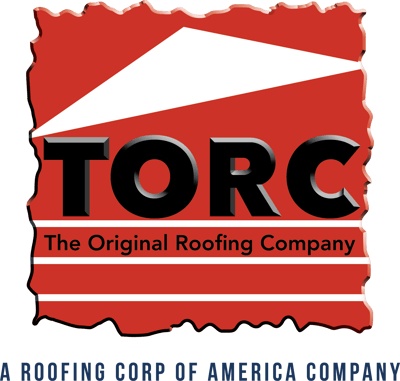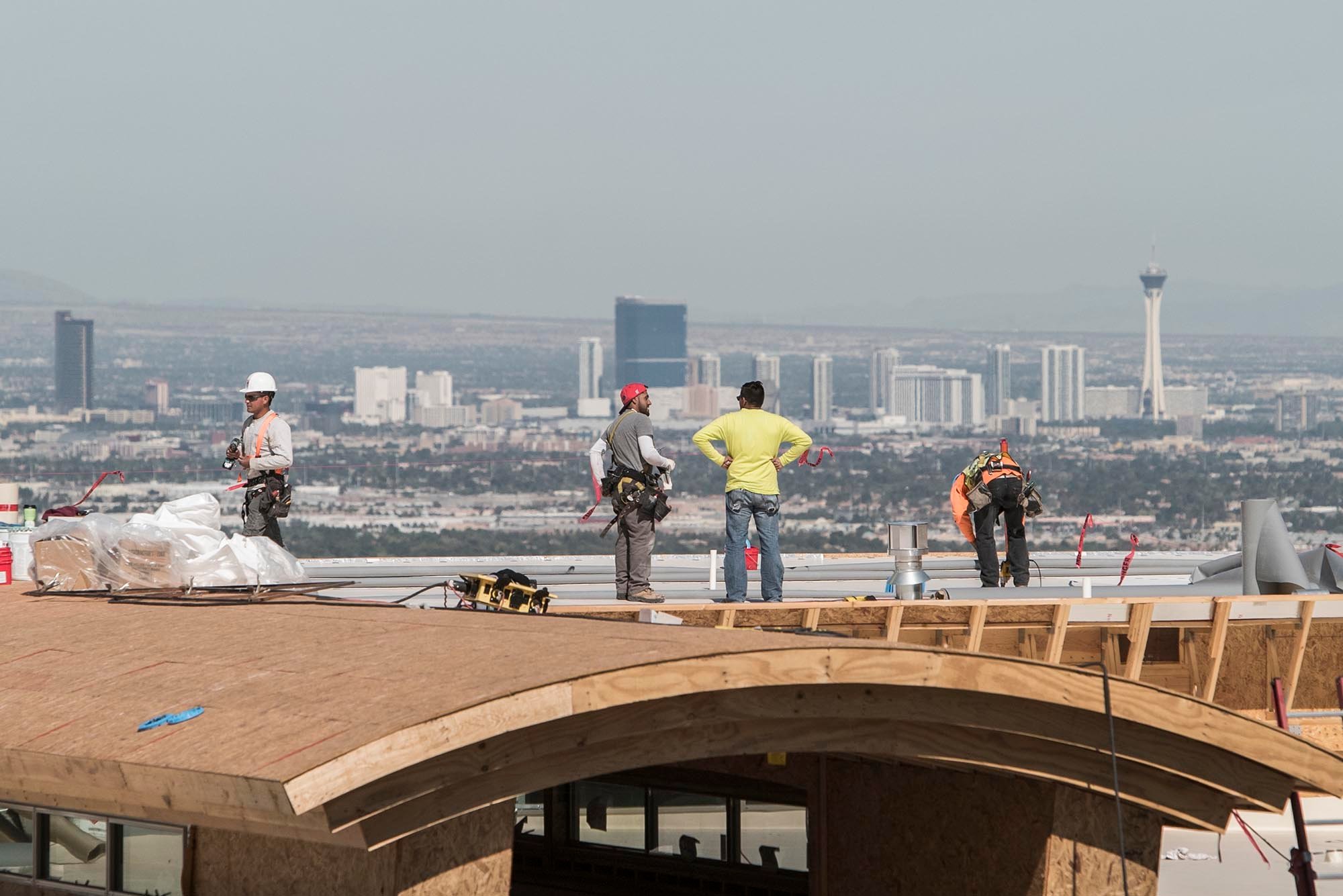
In light of the California wildfires, many people are turning to more fire-resistant roofing materials. Nevada in particular has a really dry climate, which is one of the main risk factors for fire disasters. Most people that own residential property are in areas that experience natural fires are recommended to install Class A roofing materials because of its strength in the ability to survive in a fire.
What Are the Most Fire-Resistant Roofing Materials?
The resistance to fire of roofing materials is rated based on a series of tests that is defined by a fire rating. A reliable roofer will be able to find the right option to match your style and budget. Here are a few materials on the market that are effective in withstanding fire.
Related: What Types of Roofing Materials Are Available for My Home?
Metal Tiles
Metal tiles are made of a material that does not ignite when on fire with a fire-resistant barrier with a Class A protection. Most metal roofs are made of steel, copper, zinc, and alloys that are best for the dry environment in Nevada.
The benefit of metal tiles is that they are non-corrosive and sit strong on houses with a steep slope. If you have the budget, metal sheets can be designed to look like cedar shake or other materials while remaining fire resistant.
Slate
Slate is indestructible and expensive because only selective contractors have the skills to install it. It is heavy, and you will need to hire a qualified engineer or contractor to look at the load bearing of your roofing structure before it are installed. Slate requires braces or beams to be installed on your roof to hold the weight of the material on top of your house.
Concrete and Clay
In most cases, you will notice concrete materials on commercial properties. Residential homes use clay tiles because the material is heavy, durable, and fireproof. The style can be designed as Southwest, Mission, or Spanish architecture depending on your preference.

Roof Fire Ratings Explained
When you hear a roofer talk about roof fire ratings, it means how your roof performs in a fire on the exterior of your property where coverings are installed on a non-combustible or combustible deck. The rating is determined by a set of fire tests in a simulated fire. Here are the three rating categories you need to know:
Class A Roofing Materials
The benefit of purchasing a Class A roof is it can withstand severe exposure to fire and has the highest rating compared to Class B and Class C. It is recommended in areas throughout the United States where forest fires are common. Common Class A roofing materials include:
- Concrete or clay roof tiles
- Fiberglass asphalt composition
- Shingles
- Metal roofs
Class B Roofing Materials
Class B refers to any type of roof that can withstand moderate exposure to fire. However, there are communities in the United States that ban Class B roofing materials (and below) simply for safety reasons.
Class C Roofing Materials
Class C roofing materials are only able to survive light fire damage. A few examples of Class C materials include:
- Wood shakes and shingles
- Plywood
- Particleboard
What's the Difference Between a Class A and B Roof?
In the world of roofing, the difference between Class A and B roofing is how well they perform in fire-resistance tests. In one test, they measure how much a fire spreads on that material within 10 minutes. Class A roofs spread the fire 2 feet less than Class B roofs do. This is because Class A materials are typically non-combustible while Class B are combustible materials that are treated with chemicals to make them more fire retardant.
If you're replacing your roof and concerned about choosing fire-resistant materials, knowing the roof fire ratings can make all the difference. Speak with a roofer and know exactly what types of materials they use and the classes they fall under. In addition, the value of your home will increase with a Class A roof versus a Class B roof.






